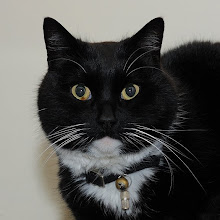
Because of the holiday season an easy to digest subject: hair fashion in the army.
In issue 23 from 1988 of
Armentaria, the magazine (actually yearbook) of the
Dutch Army museum a rather nice article is found on
Haar- en baarddracht (hair and beard styles) in the Dutch army during the last 300 years. The article is unfortunately in Dutch only, and the pdf lacks the images in the paper article, so I made a few scans.
A (very) short summary: In the late 17th century there were no strict regulations: top-left image in above image. This changed during the 18th century and tended to become quite strict and hair was wrapped up in tails with colorful ribbons. Apparently the example of the Prussian army was followed in the second half of the century. Arranging hair in horizontal or vertical (pattes de chien) rolls and powdering it with flour become part of the soldiers morning routine. For grenadiers and sappers different styled were adopted. In the bottom-left figure of the above image we see a grenadier with
cadenettes, a sort of braids that were fixed upwards. This, in combination with the moustache, was intended to impress friend and foe.
Roughly speaking the army followed what was fashionable in society. At the same time soldiers had to look as tidy/martial/impressive as possible via these hair regulations. When the rolls and powdering were dropped in early 19th century, we see the appearance of massive sideburns and moustaches, and beards for the pioneers. Again, trends in society were copied in the army, and since the former changed regularly, the army followed suit.
That brings us to the image below, showing Dutch soldiers in the early 1970s clearly depicting civilian influences and closely matching the (absence of) style in the 17th century.
Happy holidays!









